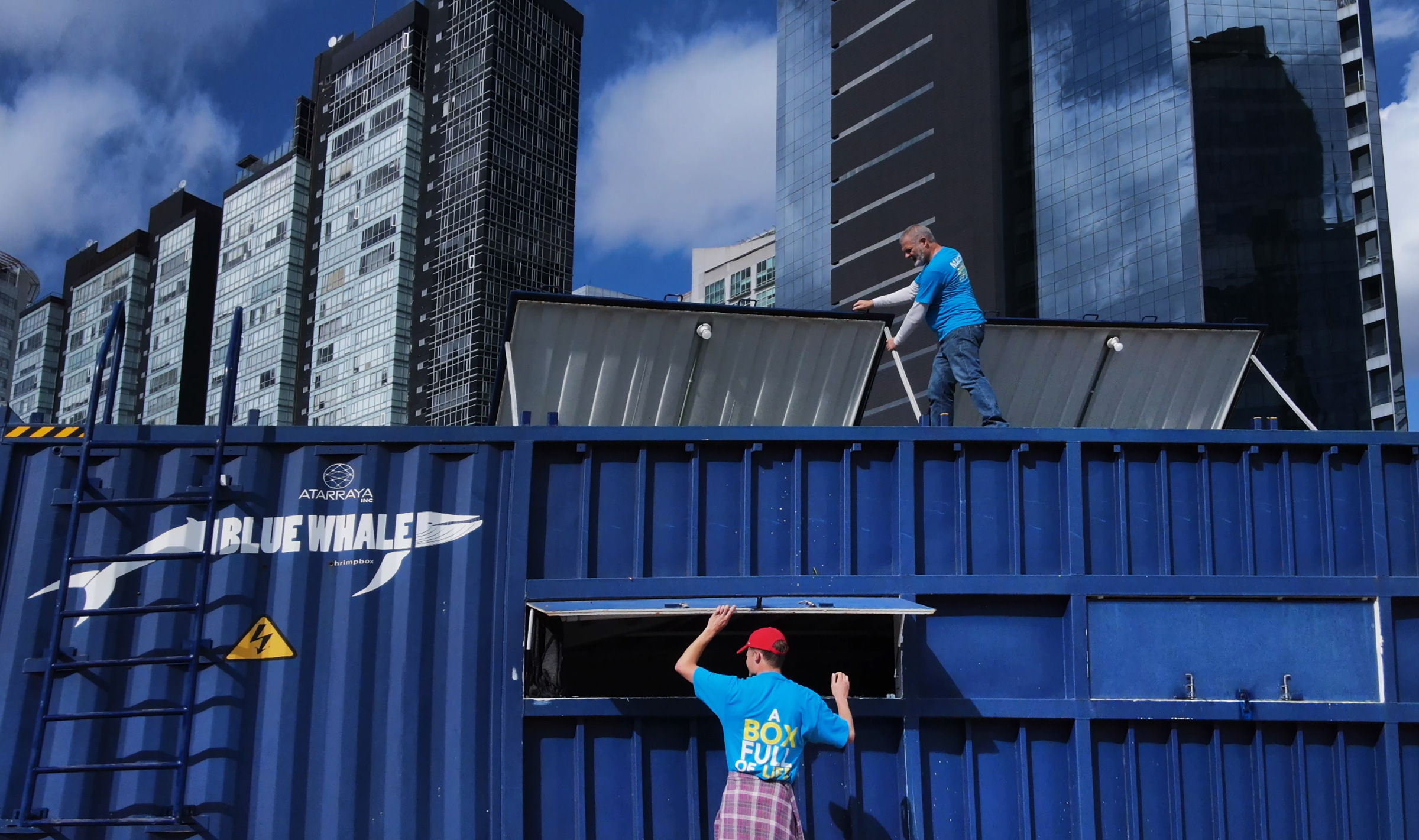The way we eat shrimp is not sustainable. Wild shrimp trawling kills other marine life, while traditional shrimp farms destroy ecologically crucial mangrove forests. Atarraya’s Shrimpbox, in contrast, grows the crustaceans in a shipping container with AI-powered software that monitors and adjusts the shrimp’s water quality and food. The 40-foot-long Shrimpbox containers should be commercially available in 2023, each producing 1.5 tons of shrimp per year—a yield that otherwise requires two farm acres or 20 seabed acres, says CEO and founder Daniel Russek. “We want shrimp to become the poster child of sustainable protein,” he says. Shrimpbox’s product will be pricier than wild shrimp, but Russek sees a sizable market willing to pay for “fresh, never-frozen” crustaceans.
- The 100 Most Influential People of 2024
- The Revolution of Yulia Navalnaya
- 6 Compliments That Land Every Time
- What's the Deal With the Bitcoin Halving?
- If You're Dating Right Now, You're Brave: Column
- The AI That Could Heal a Divided Internet
- Fallout Is a Brilliant Model for the Future of Video Game Adaptations
- Want Weekly Recs on What to Watch, Read, and More? Sign Up for Worth Your Time
